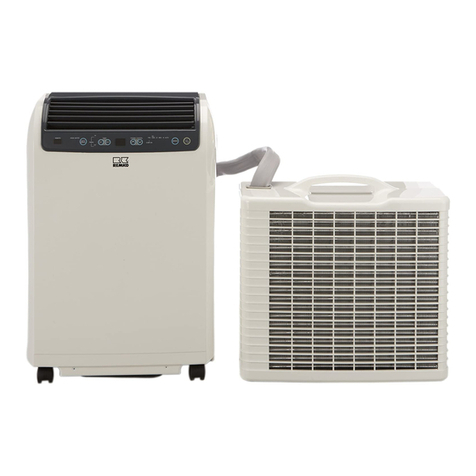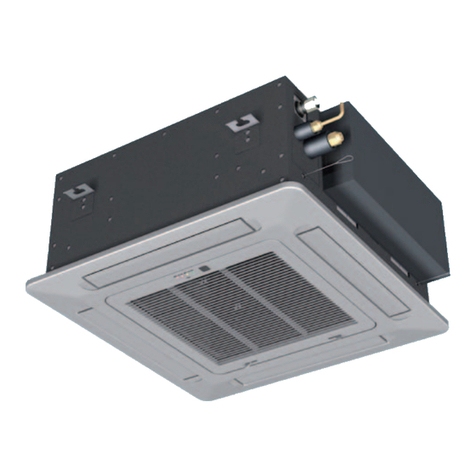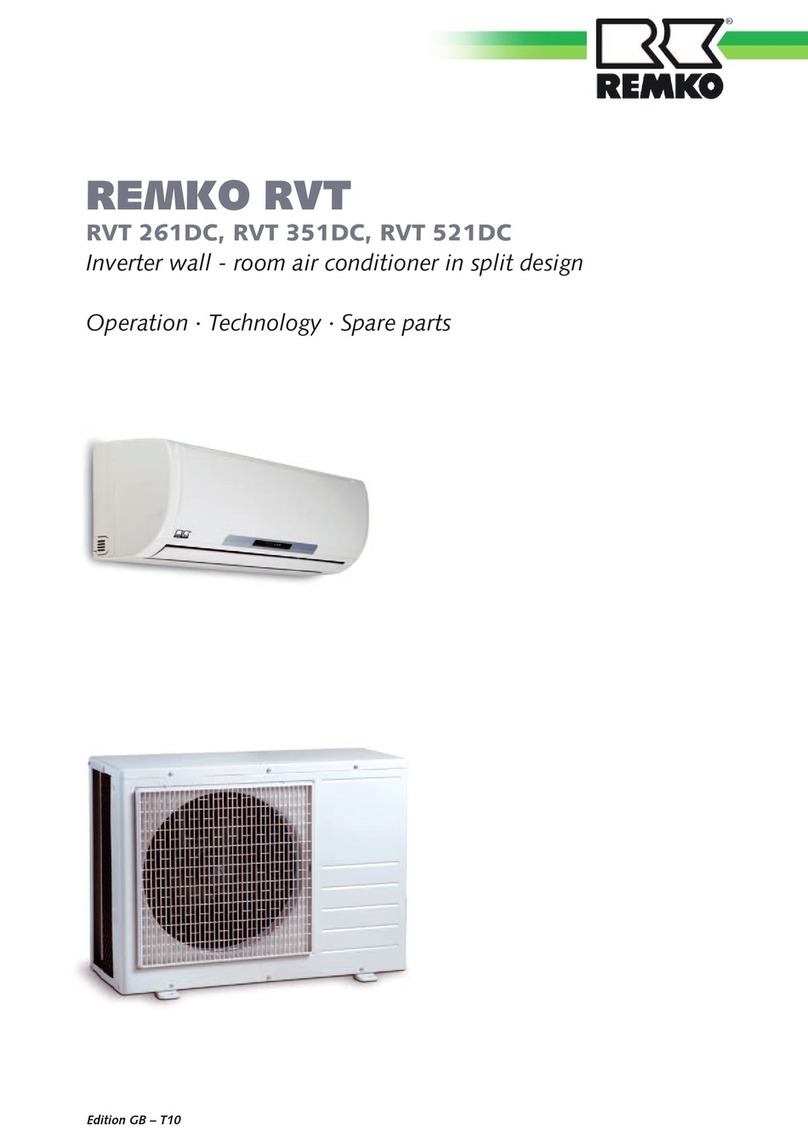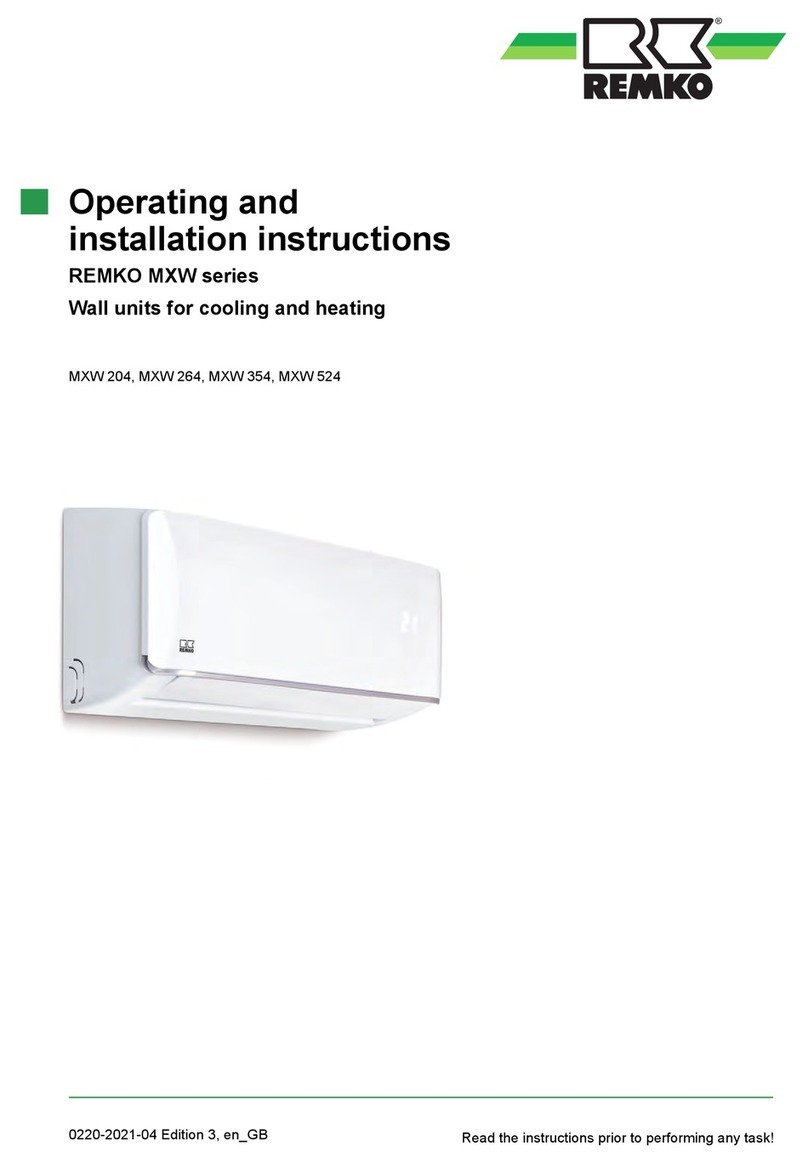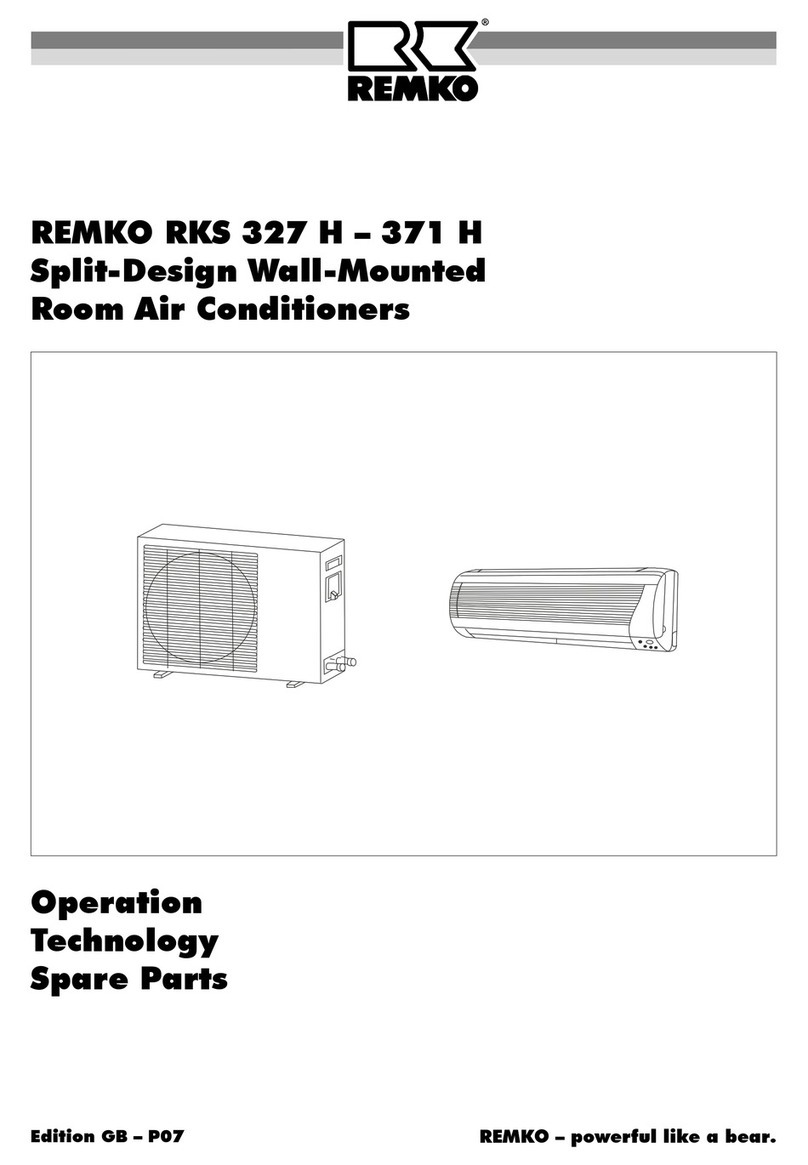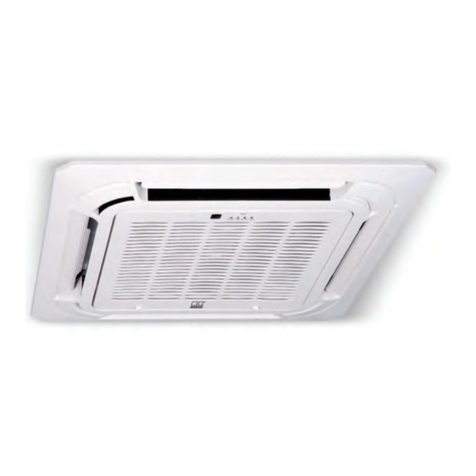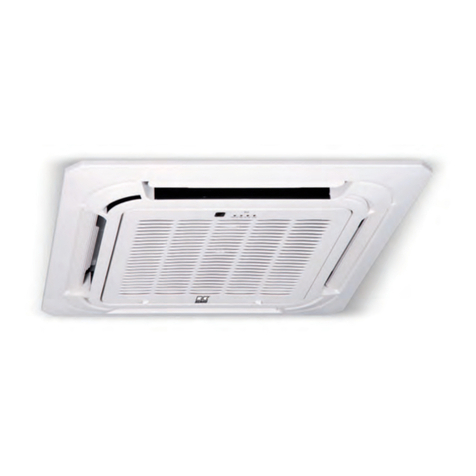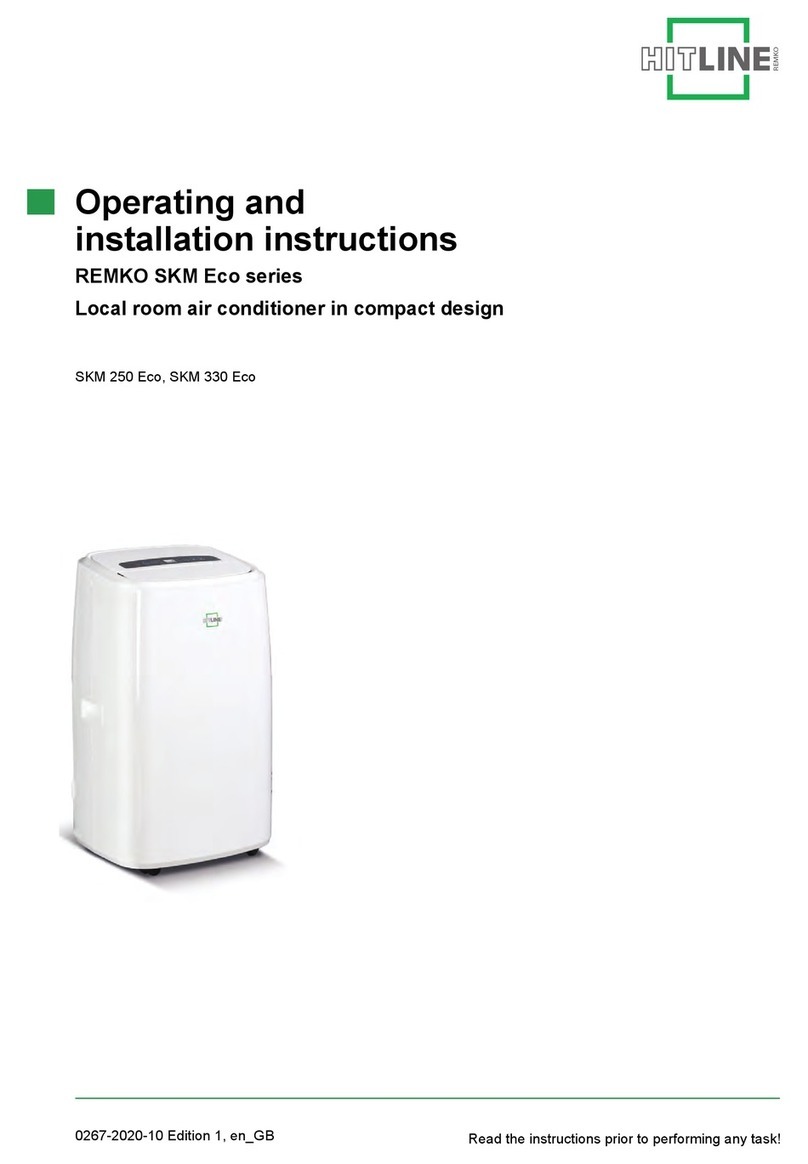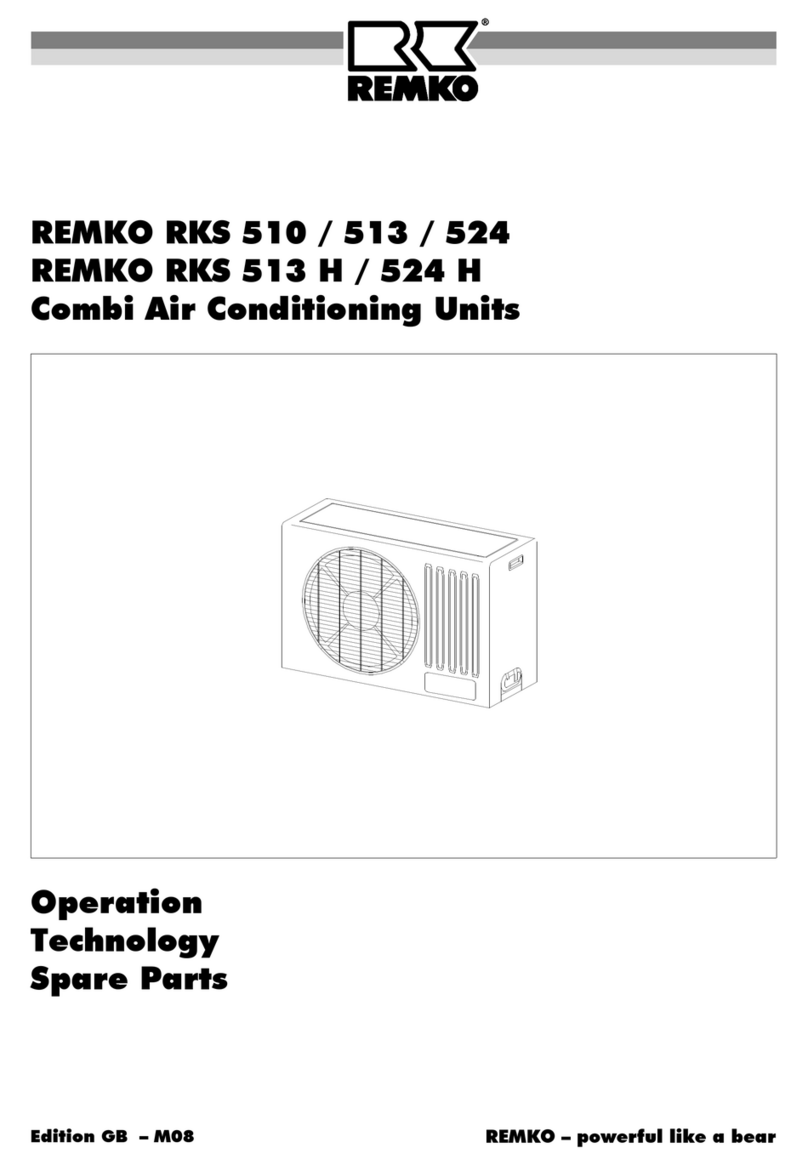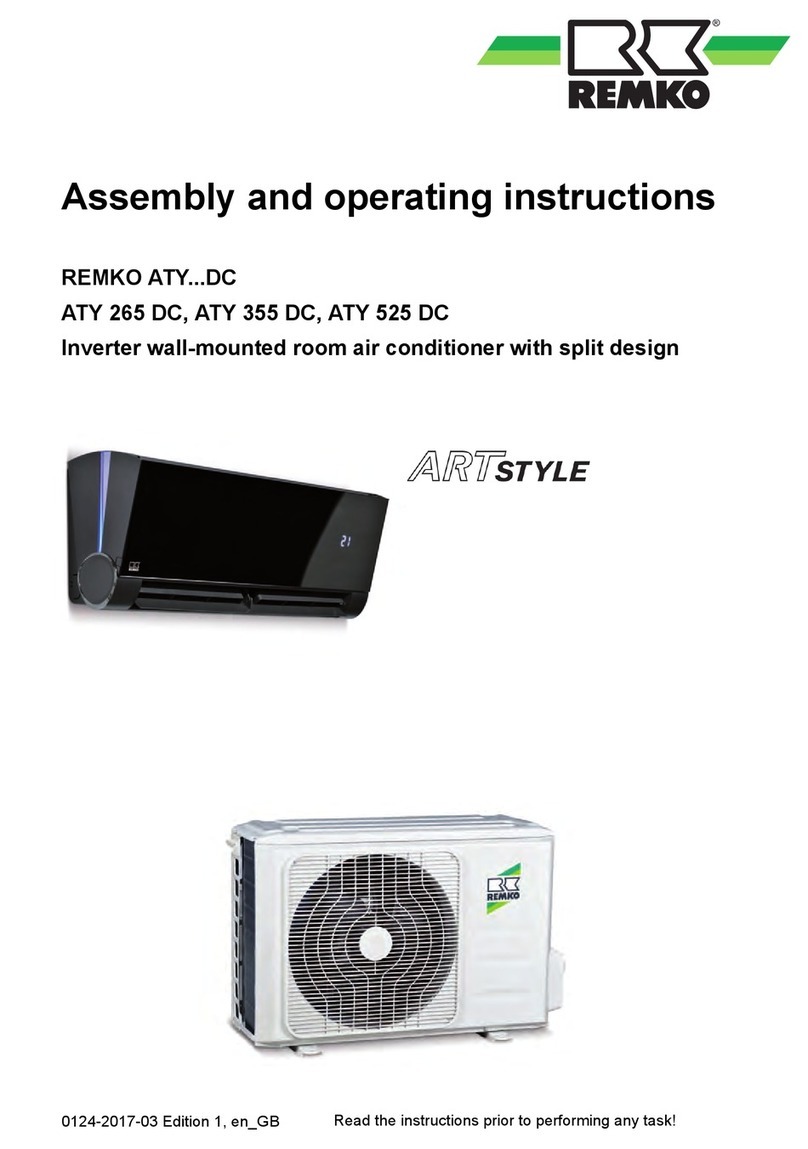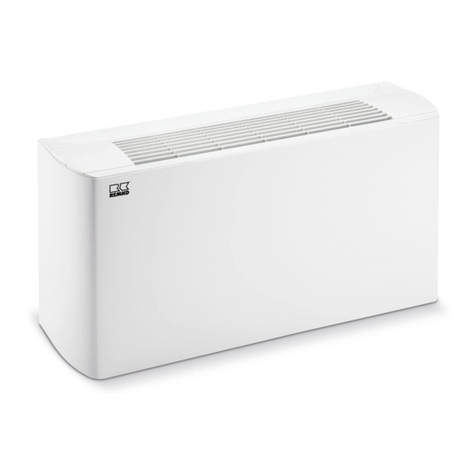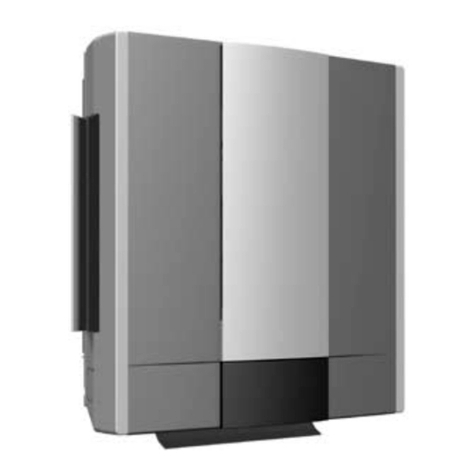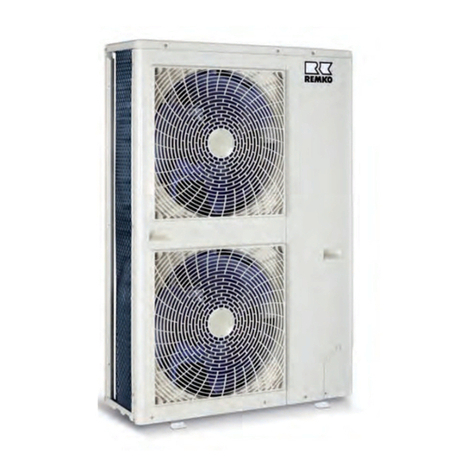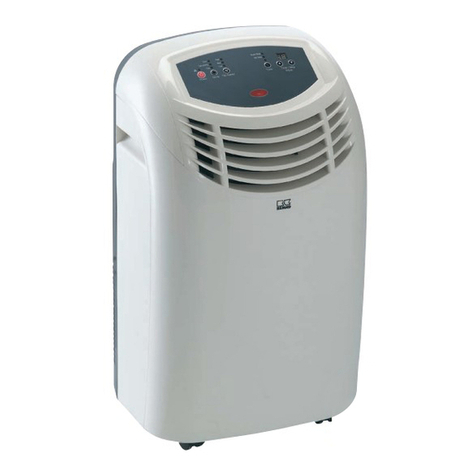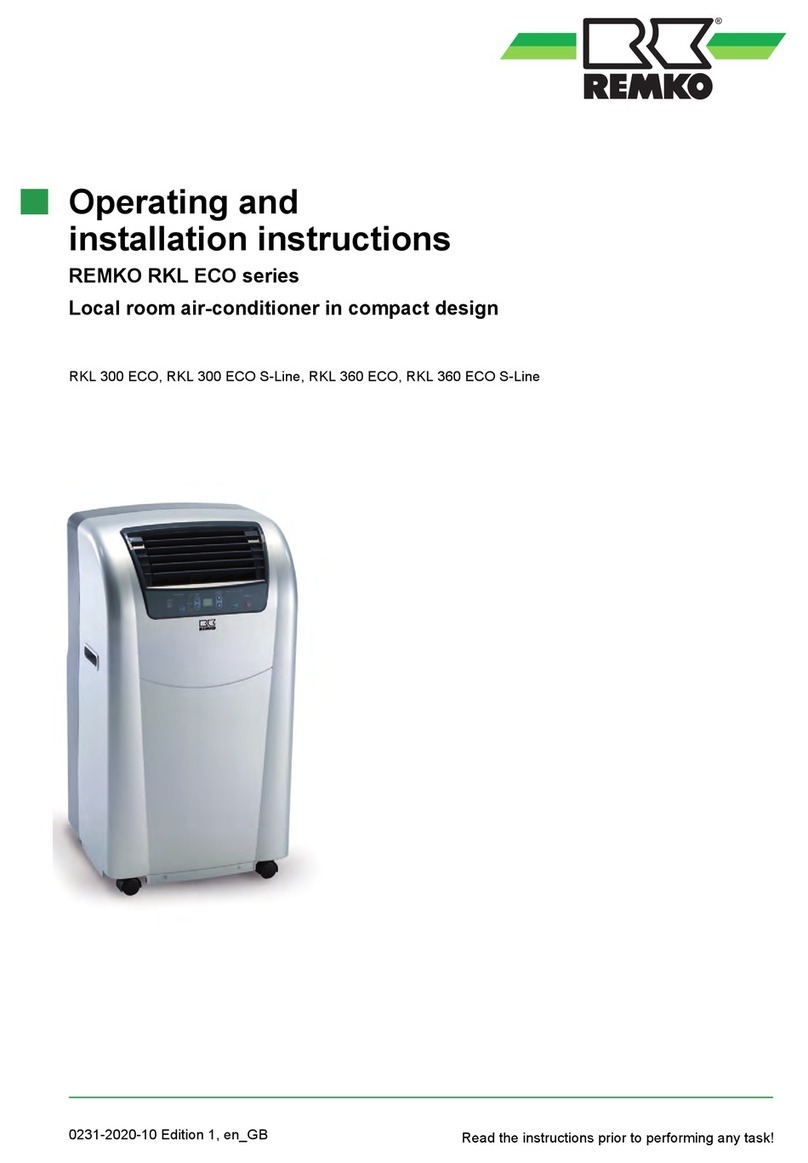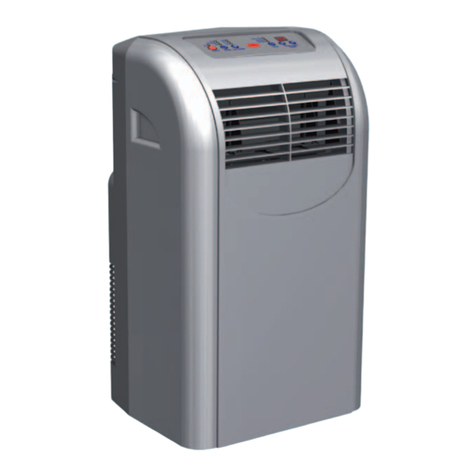
1.4 Dangers of failure to observe
the safety notes
Failure to observe the safety notes may pose a risk
to people, the environment and the units. Failure to
observe the safety notes may void any claims for
damages.
In particular, failure to observe the safety notes
may pose the following risks:
nThe failure of important unit functions.
nThe failure of prescribed methods of mainte-
nance and repair.
nDanger to people on account of electrical and
mechanical effects.
1.5 Safety-conscious working
The safety notes contained in this manual, the
existing national regulations concerning accident
prevention as well as any internal company
working, operating and safety regulations must be
observed.
1.6 Safety instructions
for the operator
The operational safety of the units and compo-
nents is only assured providing they are used as
intended and in a fully assembled state.
nThe units and components may only be set up,
installed and maintained by qualified per-
sonnel.
nProtective covers (grills) over moving parts
must not be removed from units that are in
operation.
nDo not operate units or components with
obvious defects or signs of damage.
nContact with equipment parts or components
can lead to burns or injury.
nThe units and components must not be
exposed to any mechanical load, extreme
levels of humidity or extreme temperatures.
nRooms in which refrigerant may escape shall
be adequately aerated and ventilated. Other-
wise, a risk of suffocation or fire exists.
nDo not leave children unsupervised when close
to the system.
nCommissioning must be performed by author-
ised specialists exclusively. Deficient commis-
sioning may lead to water leaks, electric
shocks or fire. Commissioning must take place
as described in the user manual.
nOnly instruct authorised specialist personnel to
perform maintenance or servicing.
nThe system is filled with a flammable refrig-
erant. Never thaw any frozen unit components
independently!
nDo not operate any further devices that pro-
duce high heat or naked flames in the same
room.
nAll housing parts and unit openings, e.g. air
inlets and outlets, must be kept clear.
nThe units must be inspected by a service tech-
nician to ensure that they are safe to use and
fully functional at least once yearly. Visual
inspections and cleaning may be performed by
the operator when the units are disconnected
from the mains.
1.7 Safety notes for installation,
maintenance and inspection
nThe refrigerant R32 used in the system is flam-
mable. If applicable, observe the local safety
conditions.
nKeep the cooling circuit clear of other gases
and foreign substances. Only fill the cooling cir-
cuit with the refrigerant R32.
nOnly use the accessories, components and
appropriately marked parts provided. The use
of non-standardised components may result in
water leaks, electric shocks and fire.
nOnly install and store the units in rooms larger
than 4 m2. With a failure to comply, leaks may
result in the room filling with a flammable mix-
ture!
The minimum room size of 4 m2 required for
installation and storage pertains to the basic fill
quantity of the unit. This varies according to the
installation type and total fill quantity of the
system. The calculation must take place in
accordance with valid DIN standards. Make
sure that the installation site is suitable for safe
unit operation.
nOnly mount the unit components on structurally
suitable brickwork.
nThe units must not be installed in rooms in
which further devices that produce heat are
operated (heaters, open hearths).
nMake sure the installation room is sufficiently
ventilated.
nInterventions in the cooling circuit are only pos-
sible after completely draining the refrigerant.
Never solder or grind unit components!
nNote that refrigerant may be odourless.
nNever operate the air conditioning unit in a
humid room, such as a bathroom or laundry
room. If the humidity is too high, this can cause
short circuits on electrical parts.
nThe product must be correctly earthed at all
times, otherwise it may induce electric shocks.
nAttach the condensate drain as described in
the operating manual. The inadequate
drainage of condensate can lead to water
damage in your apartment.
5
